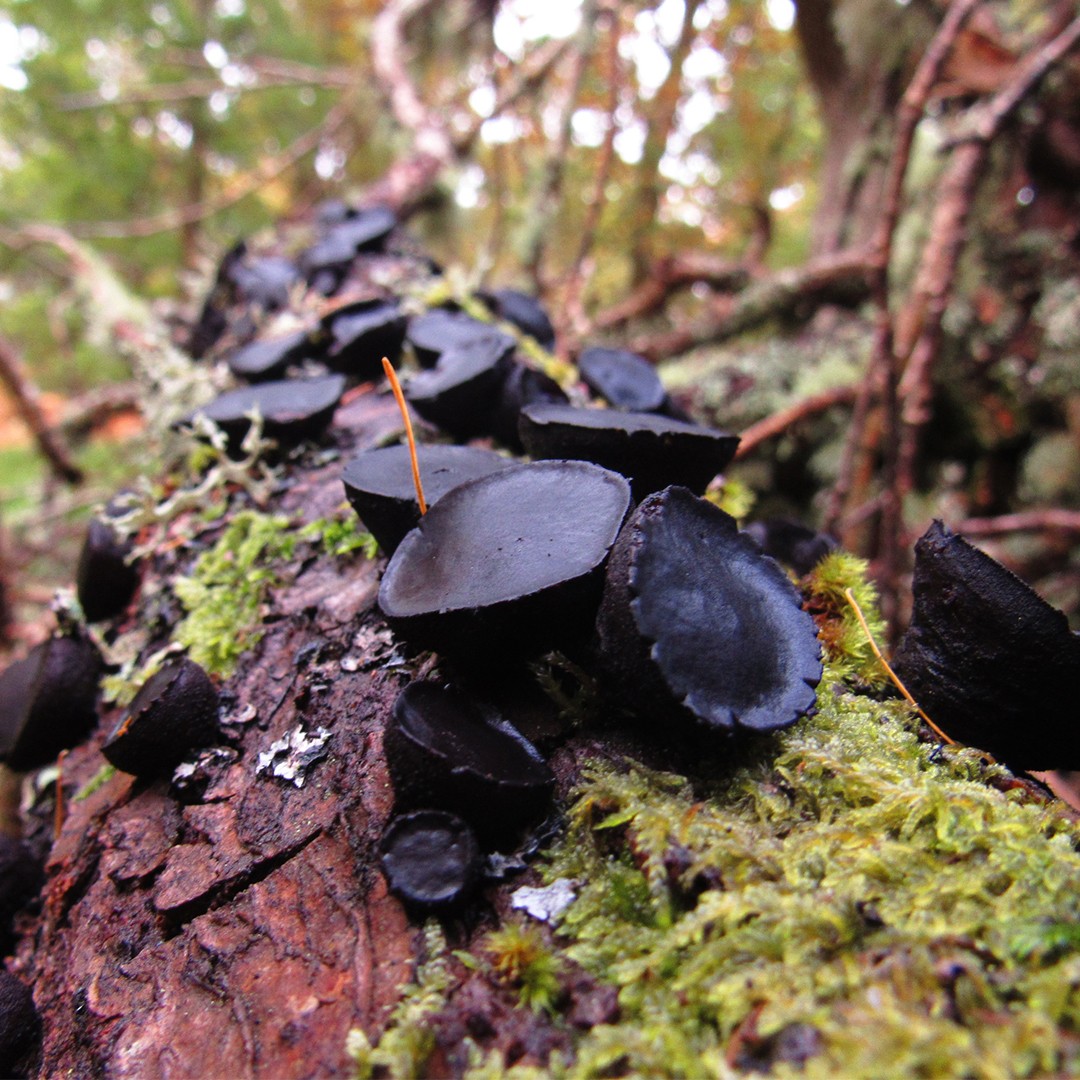Bulgariaceae
Scientific name: Bulgariaceae
Bulgariaceae
Scientific name: Bulgariaceae
 Photo By zolipetres
Photo By zolipetres Description
Its most famous species is bulgariaceae. The cap of bulgariaceae generally has a diameter between 5 mm and 4 cm. It has a flat top when young but later becomes more cupped. These mushrooms generally grow in medium-sized clusters on dead trees, generally Oak and Hornbeam, but also Ash Trees. The texture of the mushroom is similar to leather or elastic, depending on the weather, dry(weather): elastic like, wet(weather): leather-like. It grows across mainland Europe and in the British Isles. It also grows in parts of the United States.
Species of Bulgariaceae

 Photo By zolipetres
Photo By zolipetres